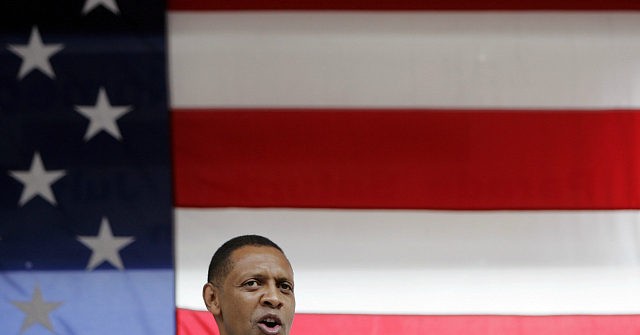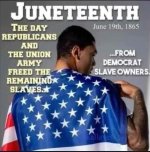From wiki:
History
President
Abraham Lincoln issued the
Emancipation Proclamation on January 1, 1863, freeing the enslaved people in Texas and all the rebellious parts of Southern
secessionist states of
the Confederacy.
[25][26]
(Juneteenth marks the anniversary of the announcement of
General Order No. 3 by
Union Army general
Gordon Granger on June 19, 1865, proclaiming freedom for enslaved people in
Texas.)
Enforcement of the Proclamation generally relied upon the advance of Union troops. Texas, as the most remote state of the former Confederacy, had seen an expansion of slavery and had a low presence of Union troops as the
American Civil War ended; thus, enforcement there had been slow and inconsistent prior to Granger's announcement.
[7] Although the Emancipation Proclamation declared an end to slavery in the Confederate States, it did not end slavery in states that remained in the Union. For a short while after the fall of the Confederacy, slavery remained legal in two of the
Union border states – Delaware and Kentucky.
[27][28][c] Those enslaved people were freed with the ratification of the
Thirteenth Amendment to the Constitution, which abolished
chattel slavery nationwide on December 6, 1865. The last enslaved people present in the continental United States were freed when those held by the
Choctaw, who had sided with the Confederacy, were released in 1866.
[29][30]


 www.breitbart.com
www.breitbart.com



